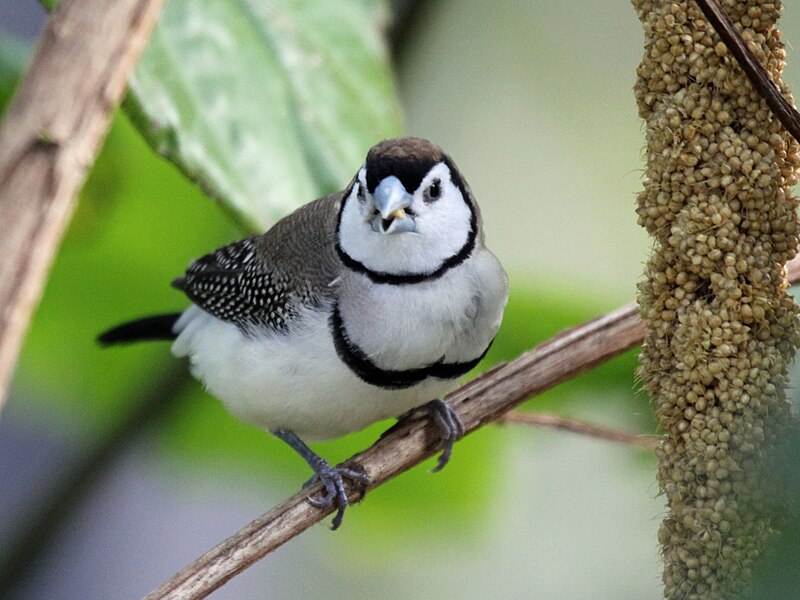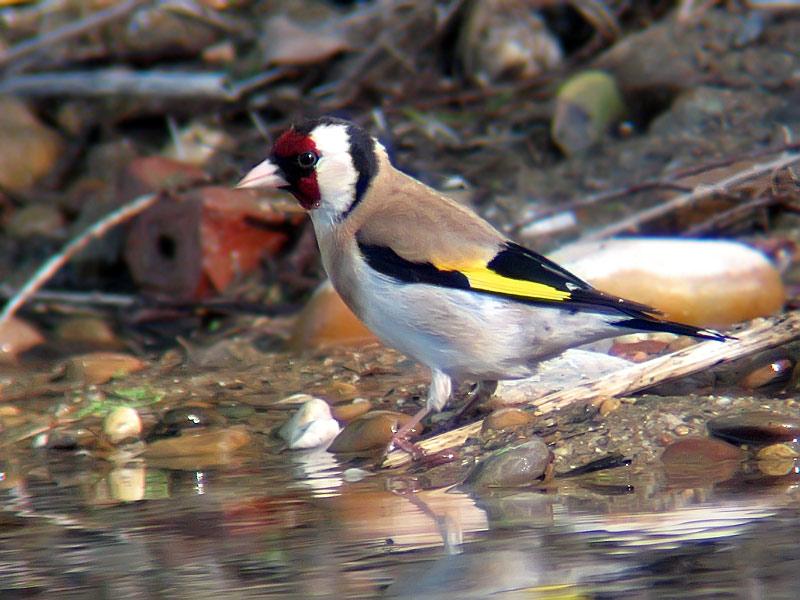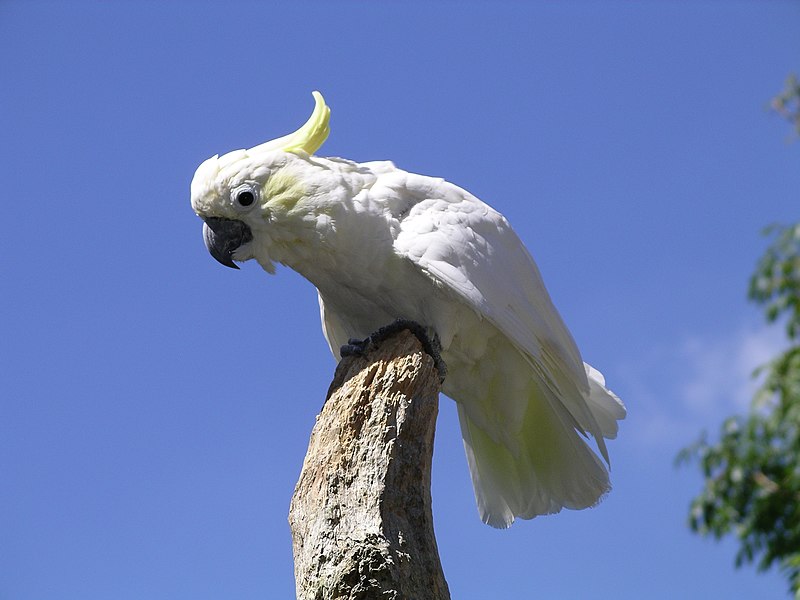 Although we are fortunate to have available a wide variety of commercial finch and canary diets, choosing one can be a difficult task. Once a decision is made as to the basic type – seed or pellet – we must then consider the ingredients, which vary from brand to brand. Today I’ll examine some well-known foods and a few often-neglected dietary supplements.
Although we are fortunate to have available a wide variety of commercial finch and canary diets, choosing one can be a difficult task. Once a decision is made as to the basic type – seed or pellet – we must then consider the ingredients, which vary from brand to brand. Today I’ll examine some well-known foods and a few often-neglected dietary supplements.
Basic Guidelines
It’s important to remember that finch species vary in their nutritional needs. While many will thrive on the basic diets described below, to achieve optimal health and color the addition of insects, sprouts, fruit, greens and other supplementary foods will be necessary. Depending upon the species, some of these foods can also be used to bring birds into breeding condition. Please post your questions concerning diets for specific finches below, and I’ll provide some suggestions. Read More »
 That Bird Blog – Bird Care and History for Pet Birds
That Bird Blog – Bird Care and History for Pet Birds




